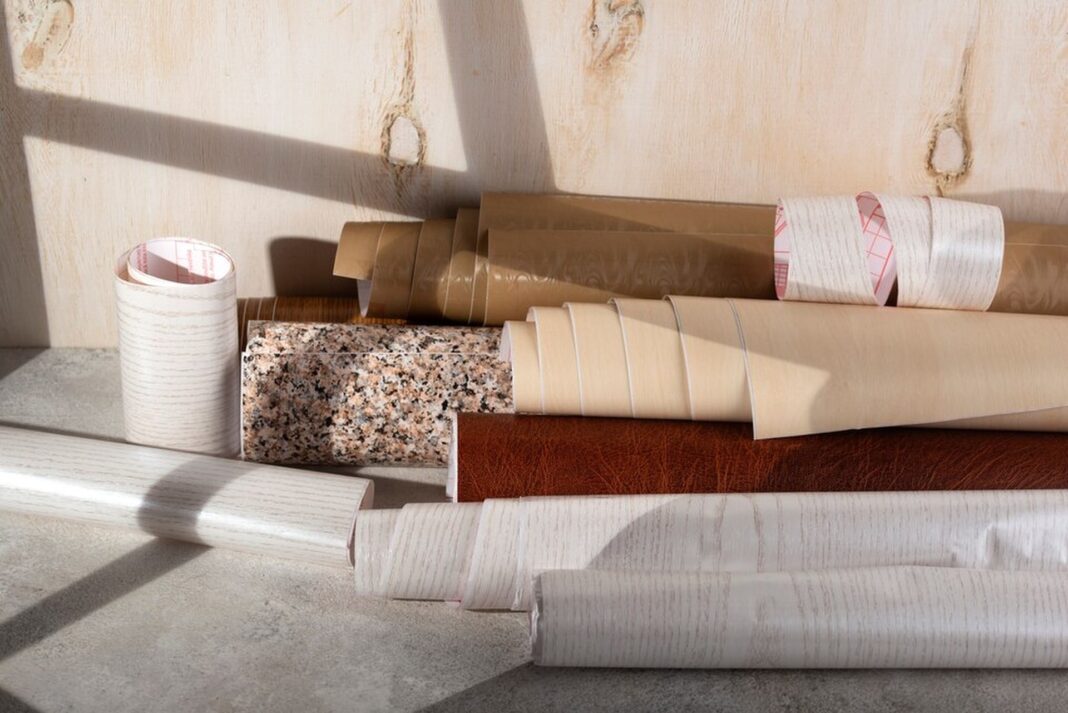The Importance Of Material Selection In Furniture
Furniture design and usefulness depend on material choice. The correct materials affect furniture’s appearance, durability, and utility. High-quality materials prolong furniture life and reduce replacements. This choice affects comfort, upkeep, and the environment. Understanding materials may help designers and customers choose.
Understanding material attributes helps choose an acceptable material. Oak and maple hardwoods are durable and wear-resistant. Softwoods, however lighter and cheaper, may not last as long. Synthetic materials can provide budget-conscious customers versatility. Each substance has pros and cons.
Designers must consider lifestyle and usage. For instance, houses with small children may benefit from stronger fabrics. Material impacts weight, transportation, and assembly. Designers must ensure materials match their ideas and are feasible. This is critical for public settings that need durable choices.
Material choice goes beyond aesthetics. Decisions affect environmental sustainability. Using recycled or sustainably sourced wood helps the environment. This choice becomes increasingly important as customers grow more environmentally concerned. Careful material selection shapes furniture design by combining beauty and utility.
Types Of Common Furniture Materials
Furniture is created from several materials with distinct properties. Wood is the most traditional material due to its beauty and durability. The primary categories are hardwood and softwood. Teak and cherry are durable hardwoods. Pine and cedar are cheaper but wear out faster.
Metal is prevalent in contemporary furniture. Steel and aluminum are strong and stylish. Frames, tables, and decorations are commonly made of metal. It may be used inside and outdoors because of its wear, corrosion, and damage resistance.
Plastic is another popular material for cheap, lightweight furniture. Its versatility comes from its ability to be shaped and coloured. While less durable than wood or metal, high-quality plastics may replicate other materials at a lesser cost.
Fabric and leather are also important in furniture upholstery. Leather is sumptuous and durable, while cloth comes in many designs, patterns, and textures. Personal taste and lifestyle dictate upholstery choice.
Sustainability trends have increased eco-friendly products. Reclaimed wood, bamboo, and recycled materials are growing in usage. Environmentally aware shoppers like these distinctive styles. Today’s furniture design is diverse and creative because of each material.
How Wood Affects Furniture Durability
Due to its beauty and solidity, wood is a popular furniture material. Durability varies by wood type. Oak and mahogany are popular hardwoods because they last. Perfect for dining tables and chairs, they can resist extensive usage.
Softwoods like pine and fir are cheaper but less durable. They scrape and dent more readily, which may worry families with children or pets. Proper upkeep may lengthen their life, although hardwood may last longer. Performance is also affected by wood density. Denser woods are stronger yet heavier.
This is crucial when creating large furniture. Lighter materials are simpler to carry yet may be weaker. Wood durability depends on its polish. Stains, varnishes, and oils prevent dampness and scratches. A well-finished wood may keep its inherent beauty for years.
Environmental conditions also affect wood lifetime. Humidity and temperature may distort or fracture. Proper wood treatments and expansion-friendly designs reduce these dangers. Knowing these elements helps shoppers pick durable wood furniture.
Benefits Of Metal In Furniture Design
The strength and adaptability of metal have changed the furniture business. Its exceptional endurance makes it a favorite frame and structural component material. Steel may be used in contemporary designs and is strong. It can withstand heavy use in homes and businesses.
For outdoor furniture, aluminum is preferred over steel due to its lighter weight. Perfect for gardens and patios, it prevents rust and corrosion. Its sleek, lightweight design makes transport and storage simple.
Designers like metal’s versatility. Timber and metal provide a striking contrast. Furniture design may be creative and innovative. Steel-framed upholstered chairs provide contemporary design and comfort.
The variety of metal treatments improves their charm. Metal may be powder-coated or brushed to fit different styles. It blends with industrial chic and minimalistic house themes because of its versatility.
Metal furniture lasts longer and requires less upkeep than wood or cloth. Simple cleaning helps preserve their look. Metal has become a staple of modern furniture design due to its durability and versatility.
Eco-Friendly Furniture Materials
Today design trends include eco-friendly furniture. Environmentally conscious clients want furniture that matches their ideals. Reclaimed wood bamboo and repurposed metals are common. Reclaimed wood reduces waste from old buildings.
Unique characters express stories via their looks. Sustainability and rustic style make this choice attractive to many house decor. Fast growing bamboo doesn’t need pesticides. Its strength and light weight make oak perfect for furniture. Bamboo natural beauty is contemporary and eco friendly.
Recycling metals is another sustainable option. Reusing materials decreases exploitation and carbon emissions. This adaptability allows for industrial chic and sophisticated designs. Eco friendly upholstery is offered. Organic cotton and hemp are chemical free and safer for humans and the environment.
Fabric enthusiasts may use eco-friendly natural colors to enrich these textiles. Eco friendly furniture expenses are usually greater. Long term durability and sustainability may outweigh this. Green furniture demand rises as buyers become more conscious.
The Most Durable Upholstery Fabric
Upholstery must be durable particularly for high traffic furniture. Microfiber is tough. This synthetic fabric is stain and moisture resistant and simple to clean. Its tight weave makes it durable for regular use. Leather is another tough material.
Leather may endure decades without losing its beauty with appropriate maintenance. It delightfully matures and develops character. It needs frequent conditioning to stay good. Canvas is a durable outdoor furniture cloth. For outdoor patio furniture its heavy duty character is ideal.
Canvas resists fading making it weatherproof. Outdoor gear uses cordura, a strong fabric. Its rip and abrasion resilience makes it a good upholstery option for heavy use. Fabric selection varies on personal choice and usage. Considering the furniture location and function helps determine durability.
Are Eco-Friendly Materials Worth The Investment
Buying eco-friendly products may appear costly. These materials are frequently sustainable and ethically sourced. But their long term rewards are worth it. Sustainable materials are usually more durable. Long lasting recycled and reused materials reduce replacement. Lasting longer saves money.
Use sustainable products to reduce environmental effects. This fits the eco conscious living trend. Knowing their purchases helps the environment and makes consumers feel good. Eco friendly furniture is often non toxic. This improves indoor air quality and safety.
Growing demand for eco-friendly materials spurs industrial innovation. More fashionable solutions may meet consumers‘ aesthetic demands. Eco friendly materials improve furniture quality and safety and encourage sustainability.



